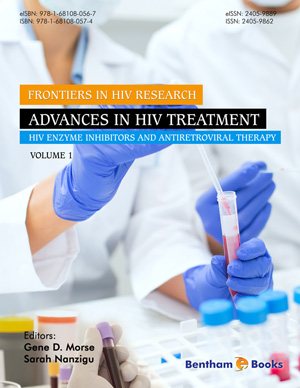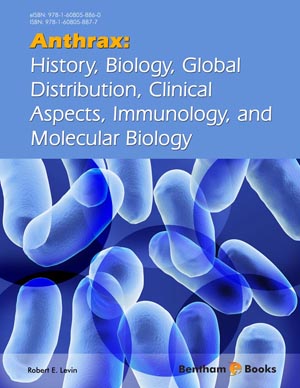Abstract
An important keynote that should be kept in mind is that to curb the
spreading of the SARS-CoV-2 virus, one should understand how it enters host cells.
This review provides deep insights into mechanistic intervention approaches of 2019-
nCoV that target its host cell entry mechanisms. Majorly, there are three entryways for
2019-nCoV to target and infect the host cell, which is highly expressed with ACE2.
The ‘S’- priming of TMPRSS2 associated cleavage is the primary entryway for a virus
to access the targeted host cell via mediating the fusion process. The second way for
virus entry is through the endocytosis phenomenon. The third way for virus entry is S
pre-priming or S pre-cleaving of furin mediated fusion. Recent studies have proved that
S1/S2' is a proteolytic cleavage site responsible for mediating viral entry. Hence,
several protease inhibitors could be the potential targets to block proteolytic cleavage
of the spike protein. This review describes the different entryways of 2019-nCoV and
the impactful role of TMPRSS2 and furin host enzymes for a virus to get access into
the targeted host cell; pre-fusion and post-fusion conformational states of 2019-nCoV
spike protein; the role of viral suppressors of RNA in host immune evasion and the role
of SPs, NSPs, and Orfs of 2019-nCoV in host immune evasion (host IFN response).
Mutations of 2019-nCoVand its variants are reviewed in this article.
Keywords: Furin, hACE2, Immune evasion, Omicron, Post-fusion, Pre-fusion, Priming, Spike protein, TMPRSS2.




















